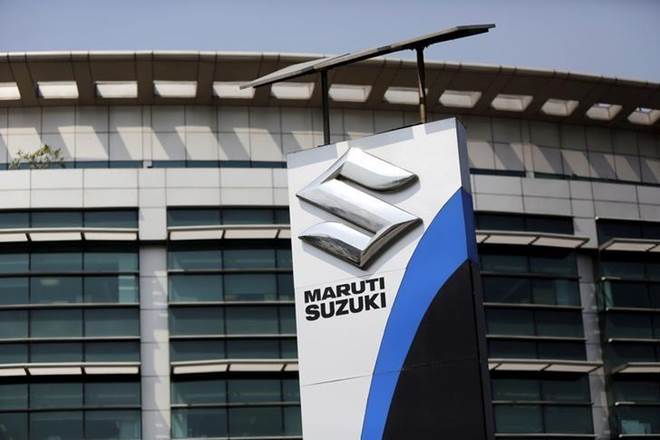India’s largest auto-maker Maruti Suzuki’s net profit dropped 27% on year, dented by higher depreciation expense and adverse commodity prices in the quarter. Maruti Suzuki Q1 net profit came in 27.3% lower at Rs 1433.55 crore. The earnings came in higher than street estimates, as a poll of CNBC TV18 analysts had expected a net profit of Rs 1,350 crore. The firm reported a 14.1% jump in net sales to Rs 18,735.20 crore. Amid a slowdown in the auto sector, the Company sold a total of 4,02,594 vehicles during the Quarter, lower by 17.9% compared to the same period previous year. Apart from higher depreciation and adverse commodity prices, higher sales promotion expense and lower capacity utilisation also weigh on the results.
Also read: Share Market Today | Live: Sensex inches higher, Nifty near 11,300; Bajaj Finance, Yes Bank top gainers
Maruti Suzuki Q1 net profit drops 27% on year to Rs 1,435.50 crore; key figures in a nutshell
- Maruti Suzuki Q1 net profit came in 27.3% lower at Rs 1433.55 crore. The firm had reported a profit of Rs 1,975 crore in the comparable period previous fiscal.
- The firm reported a 14.1% jump in net sales to Rs 18,735.20 crore. In the comparable period previous year, the automaker had reported a total revenue of Rs 22,459 crore.
- The EBITDA dropped 39% on-year to Rs 2,048 crore. The comparable figure in the previous year was Rs 3,330 crore.
- Maruti Suzuki sold a total of 4,02,594 vehicles during the Quarter, lower by 17.9% compared to the same period previous year. The Sales in the domestic market stood at 3,74,481 units, lower by 19.3%. Exports were at 28,113 units in the quarter.
- Among the key positives going forward is a strong product portfolio, and benign commodity prices. However, the firm noted that there is uncertainty from interest rate moves, fuel prices, foreign exchange and demand environment.
- Higher fair value gain on invested surplus and cost reduction efforts were also among the key positives in the quarter.
- Higher depreciation expense, lower capacity utilisation, adverse commodity prices and higher sales promotion expense were the biggest dampeners.

